🌙 Tracing Emotion Through Space: Three Galleries, One Heart
— My Field Notes from Glasgow
When I first set out for Glasgow, I didn’t think too much. I just felt it was always worth going to see some exhibitions. But I didn’t expect that this one-day journey would leave behind so many subtle ripples inside me.
🏛 First Stop: Hunterian
It looked like the kind of museum I had always imagined—rows of neatly aligned display cases, carefully controlled lighting, and spaces so clean they resembled laboratories.
The exhibition itself was powerful, dealing with colonial medicine, bodily control, and scientific violence. I stood in front of a wax anatomical model, and suddenly I realized: this wasn’t just about “presenting knowledge” it was also a kind of violence of being observed.
I began to ask myself: as curators, when we reconstruct these histories, is there a risk that we unknowingly repeat this gaze?
Thoughts of my own curatorial project floated into my mind. If I want to tell a story about the body and memory, how should I wrap that pain? With cold light? With silence? The rationality of Hunterian made me want to rebel.
That evening, I looked up several books and tried to process the confusion I felt. In Labour and Monopoly Capital, Harry Braverman’s analysis of Fordist labor made me wonder—does exhibition design also contain a form of knowledge division and a discipline of vision? Burton Benedict’s The Anthropology of World’s Fairs opened my eyes to how spatial atmospheres shape collective psychology, affecting how we read an object.
And then there was Propaganda and Empire by John M. MacKenzie. He reminds us that exhibitions don’t just present history, they actively construct it. That struck me deeply: if I want to explore bodies and power in my project, then form itself can never be neutral.
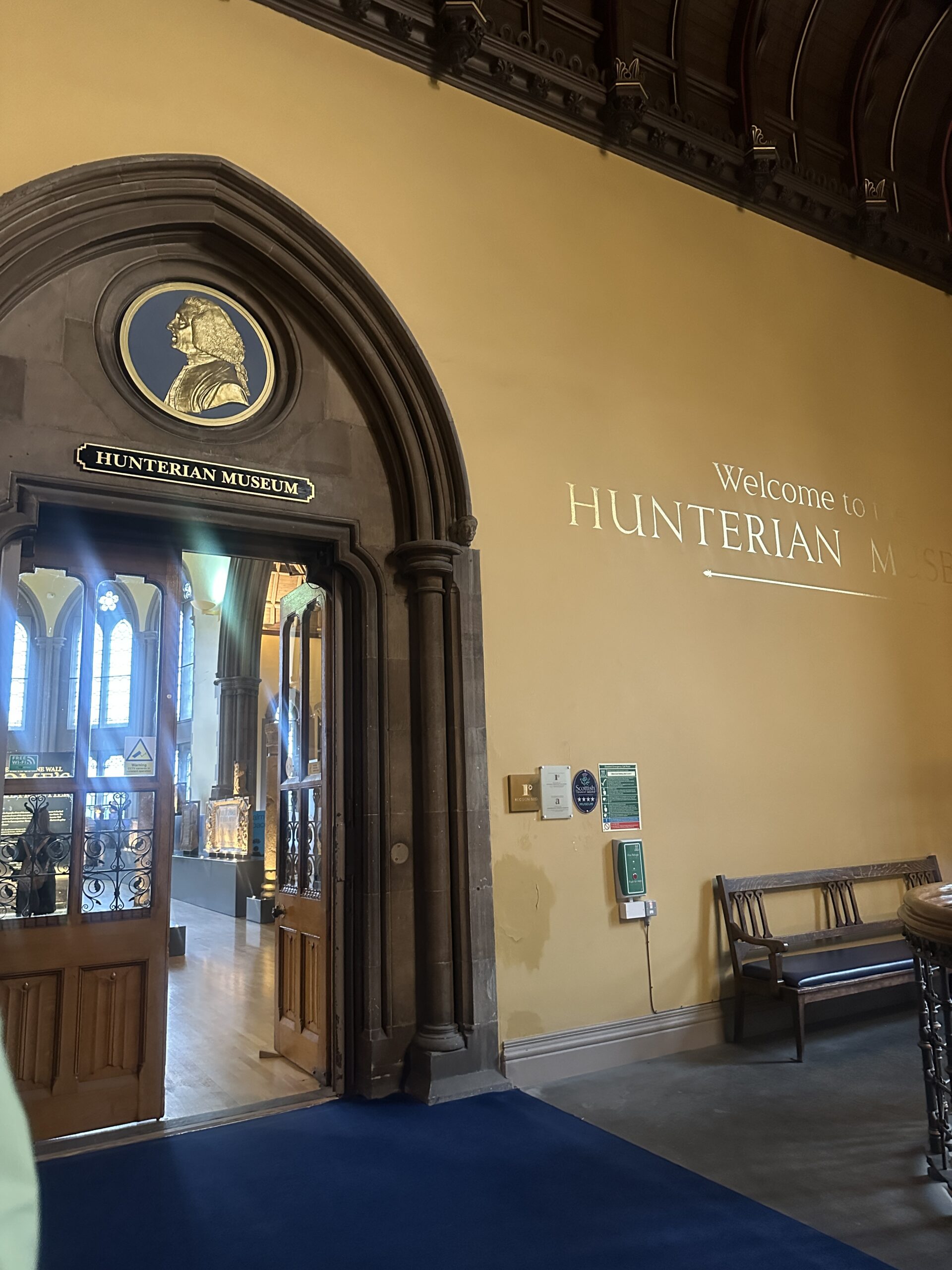
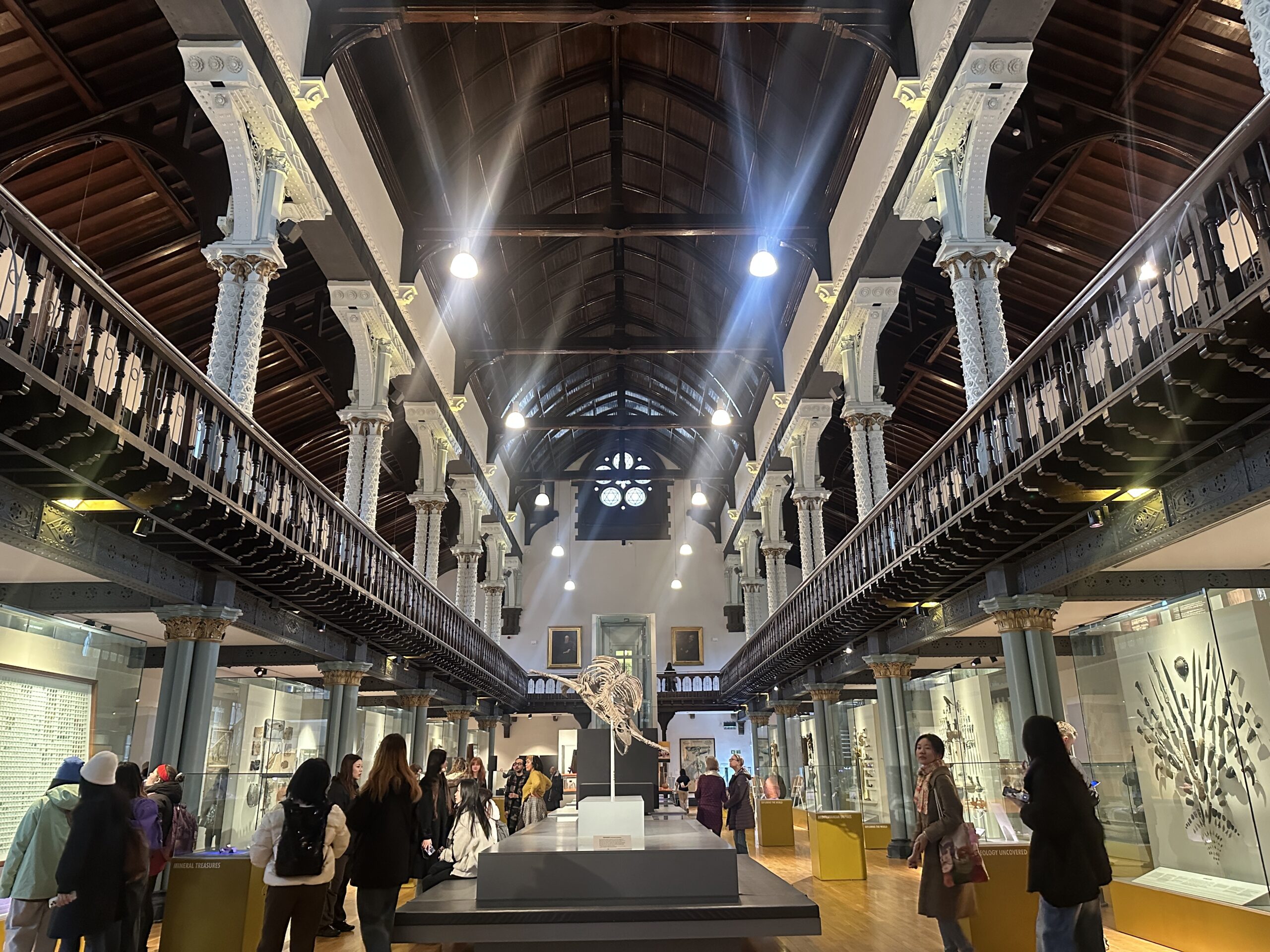
✨ Second Stop: Tramway
The moment I entered Tramway, I knew I’d remember it for a long time.
There was no prominent signage at the entrance, but inside, the gallery unfolded like a giant dream. Maud Sulter’s You are my kindred spirit quietly lived in this space. Semi-transparent curtains drifted softly, and images emerged from behind fabric—making me slow down, as if walking through someone’s family memories.
Photos, videos, and sound fragments wove together overlapping identities of mother, daughter, and Black female poet.
What stayed with me the most was the lighting—so beautifully handled. Some artworks were rimmed with a warm glow, like the sun casting slanted rays onto old curtains at dusk. It didn’t just illuminate, it narrated. Sometimes it felt like a secret being gently lit, sometimes like longing softly crying in the corner.
There was also a “circular reading room” in the space—books, headphones, stools, a projection—arranged like a soft corner of a home. I sat there reading Sulter’s family photo albums and poetry, and suddenly I understood: an exhibition doesn’t always have to display—it can accompany.
That night I opened Nicolas Bourriaud’s Relational Aesthetics, where he describes exhibitions as spaces of encounter. I felt so much resonance. And in Hawkins’ writing on the AIDS Memorial Quilt, I saw curating not only as a practice of structure, but as an act of social empathy.
I began to reimagine my own project Fluid Curating—could I also create a “non-exhibition corner”? A place where visitors stop reading labels, and instead pause to listen, to smell, to look at an old photo—and find their own relationship to the work?

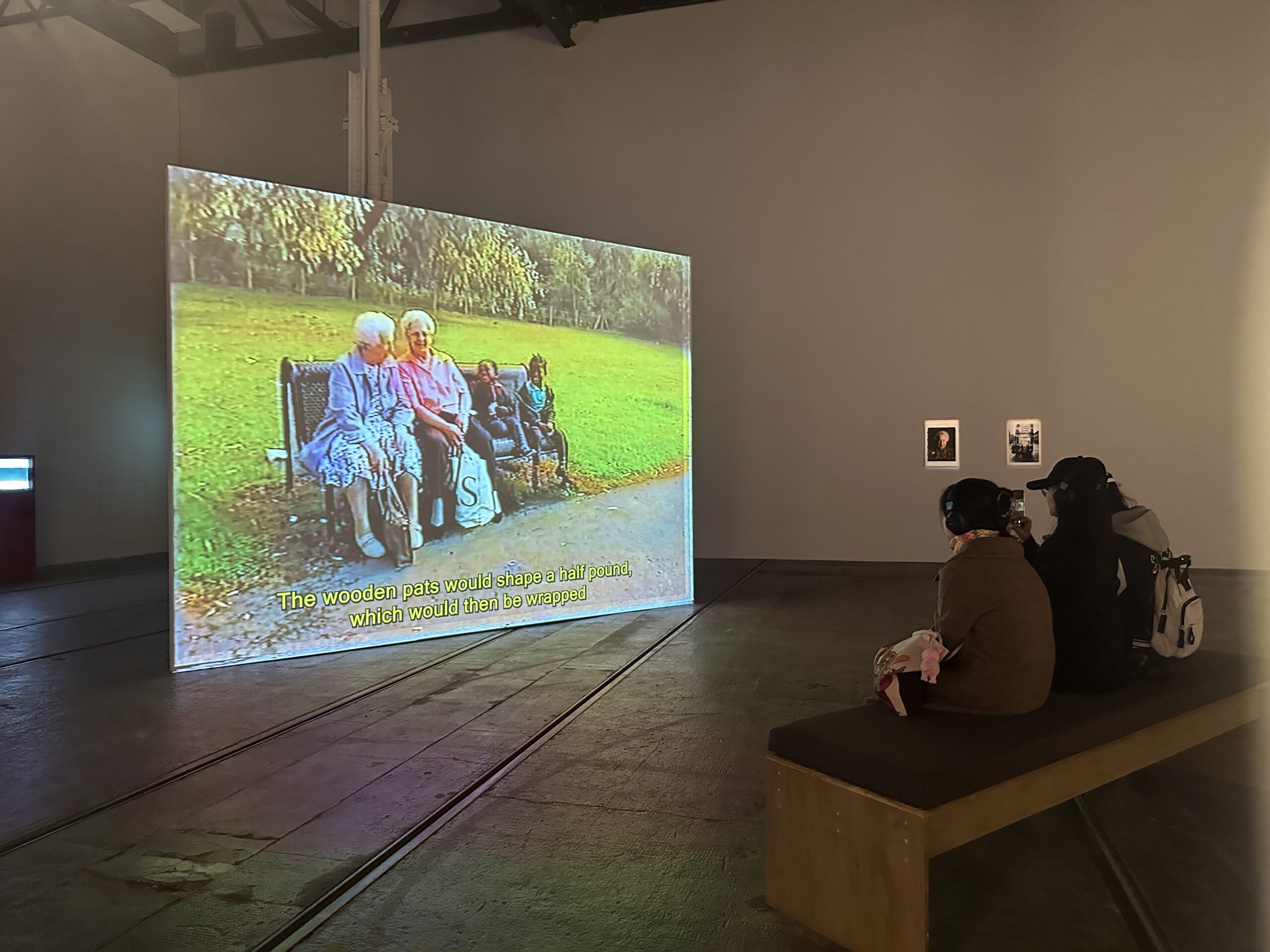
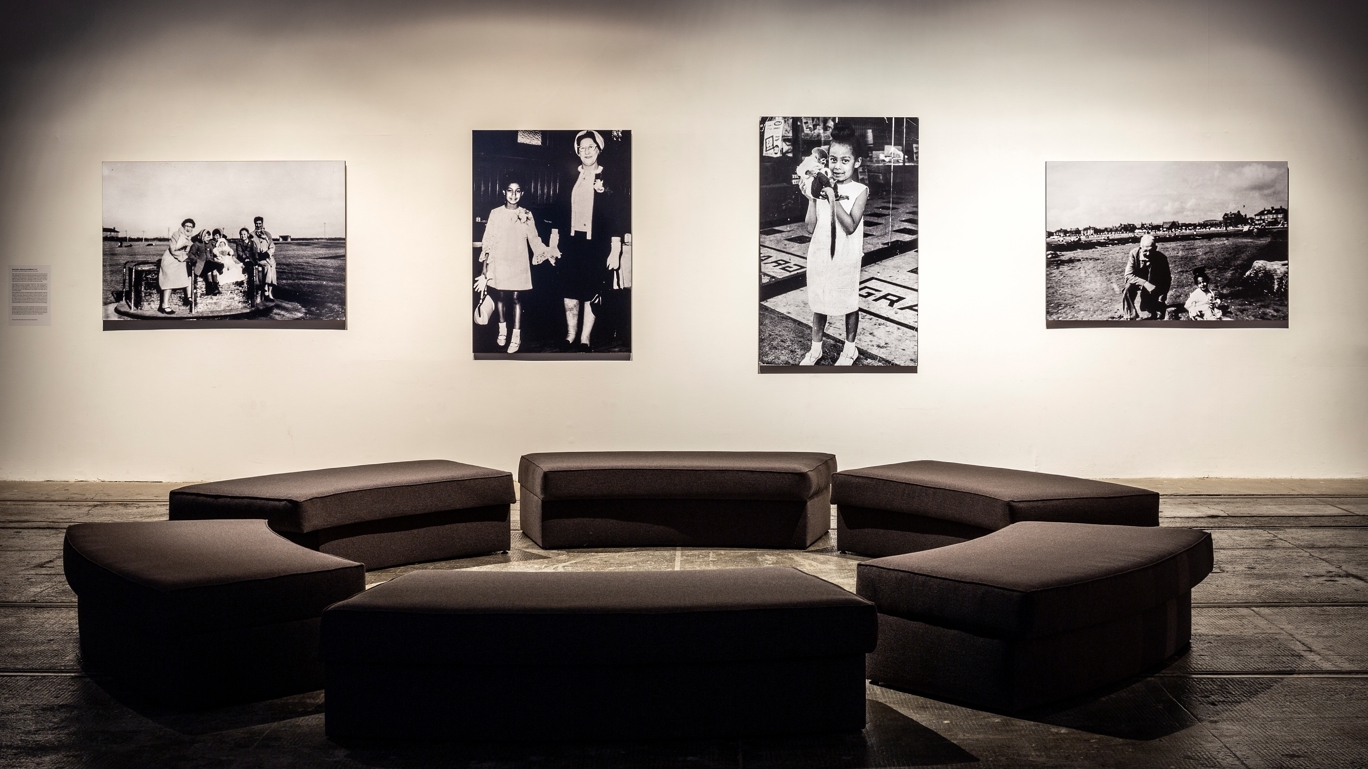
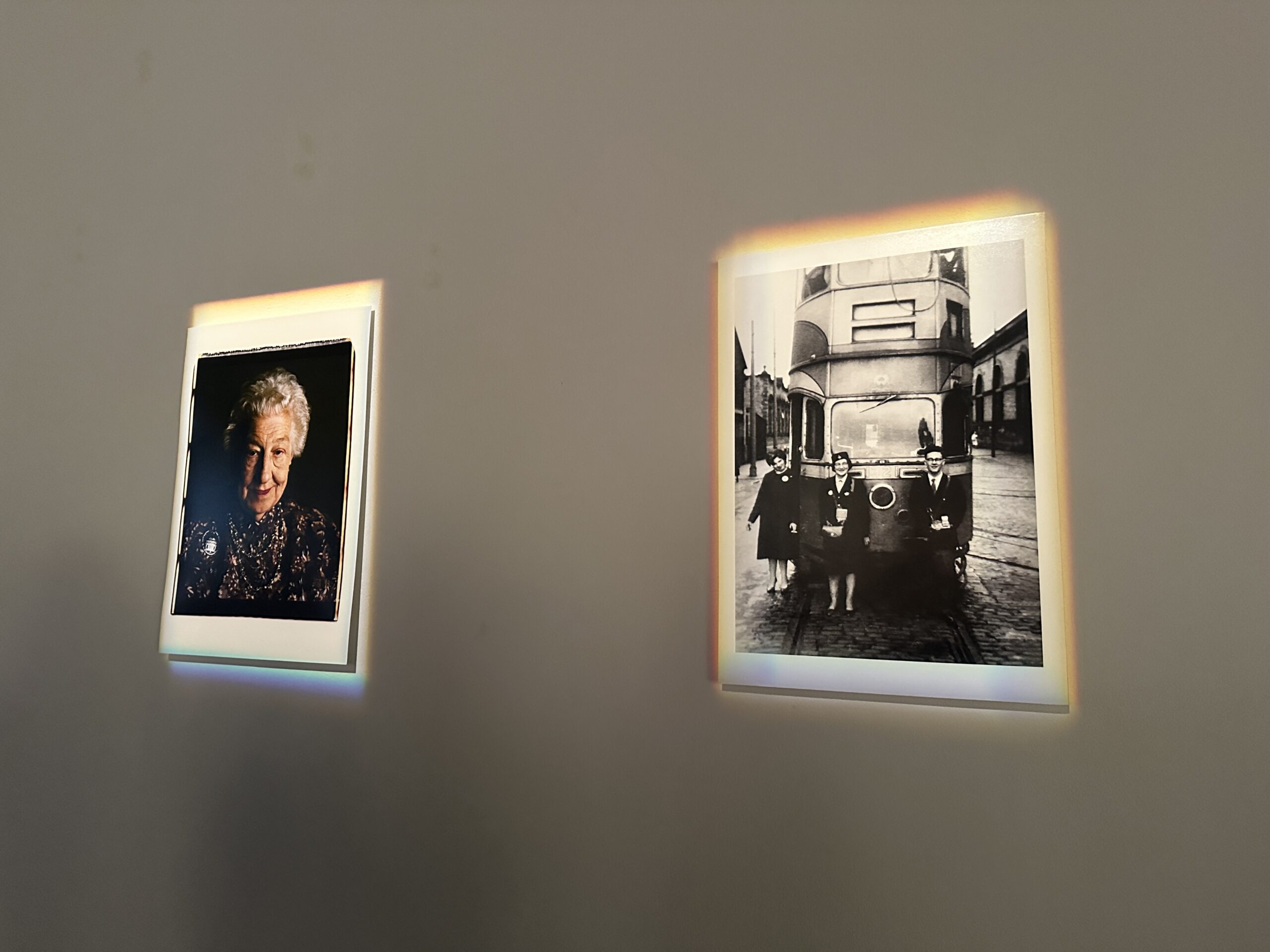
🎬 Third Stop: GoMA
Our last stop was GoMA, where we saw John Akomfrah’s Mimesis: African Soldier. Three giant screens surrounded us, black and white war footage, slow-motion water washing over old photographs, and single-word subtitles like disenchantment and mourning, no narration, just music and fragments of visual poetry.
For a moment, I felt a bit lost. But I was completely drawn in. I remember one scene: soldiers dancing in uniform on muddy ground, music sorrowful and beautiful. I thought, maybe they were trying to reclaim their dignity as human beings in the midst of war.
I recalled Okwui Enwezor’s curatorial concept in Documenta 11, where he emphasized decentering the Western gaze and using exhibitions to address global trauma. Akomfrah’s work felt like a silent cry, a voice for lives swallowed by history. Other curatorial examples, like Red Shift or Treno, reminded me how art can be a stage for the silenced.
One line from the AIDS Memorial Quilt struck me: its center is wherever you find it. That made me realize—not every exhibition needs a clear narrative. Sometimes, scattered memories, flowing gazes, and overlapping emotions feel more true to how we actually experience life.
I started thinking seriously about non-linear structures in curating. Maybe what I need is not a “linear exhibition path,” but a kind of curatorial weaving. Not a script, but a net.

🎒 What I’ve Learned Isn’t Just Curating
As the day ended, I sat on the train back to Edinburgh with a phone full of photos and audio clips. I realized I wasn’t just viewing the exhibitions, they were seeing through me. They pierced through my obsession with “explaining everything,” and slowly opened up a new awareness: exhibitions can also be felt.
I don’t want to be a curator who only explains. I want to be someone who speaks through emotion: who creates a space where viewers can find their own moments of resonance between light and shadow, between sound and silence.
📚 Further Reading
Benedict, Burton. “The Anthropology of World’s Fairs: San Francisco’s Panama Pacific International Exposition of 1915.” Visual Anthropology, vol. 3, no. 1–2, 1990, pp. 17–34.
Bourriaud, Nicolas. Relational Aesthetics. Dijon: Les presses du réel, 2002.
Braverman, Harry. Labour and Monopoly Capital: The Degradation of Work in the Twentieth Century. New York: Monthly Review Press, 1974.
Enwezor, Okwui. “The Black Box.” In Documenta 11_Platform 5: Exhibition Catalogue, edited by Ute Meta Bauer, 43–55. Ostfildern-Ruit: Hatje Cantz, 2002.
Greenberg, Reesa, Bruce W. Ferguson, and Sandy Nairne, eds. Thinking about Exhibitions. London: Routledge, 1996.
Hawkins, Peter S. “Naming Names: The Art of Memory and the NAMES Project AIDS Quilt.” Critical Inquiry 19, no. 4 (1993): 752–779.
MacKenzie, John M. Propaganda and Empire: The Manipulation of British Public Opinion, 1880–1960. Manchester: Manchester University Press, 1984.
Wilson, Fred. “Mining the Museum.” In Fred Wilson: A Critical Reader, edited by Doro Globus, 38–49. London: Ridinghouse, 2011.
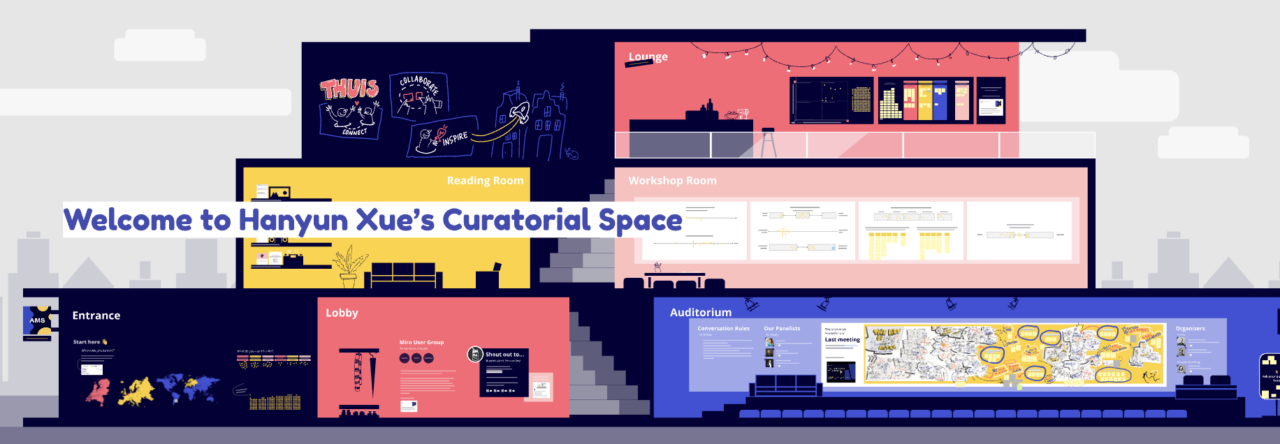
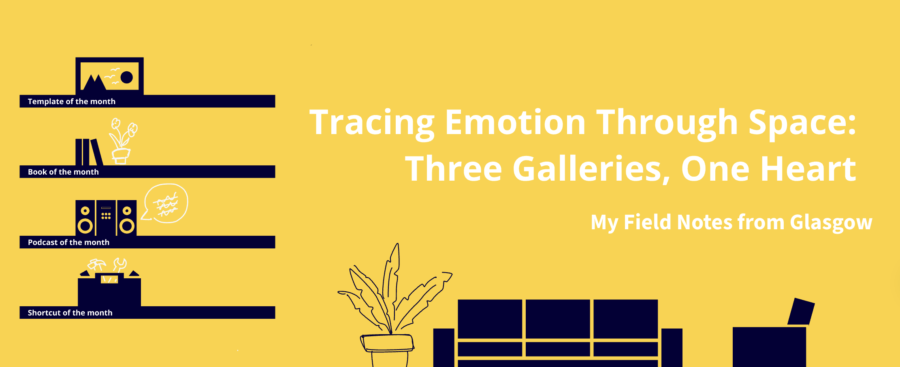
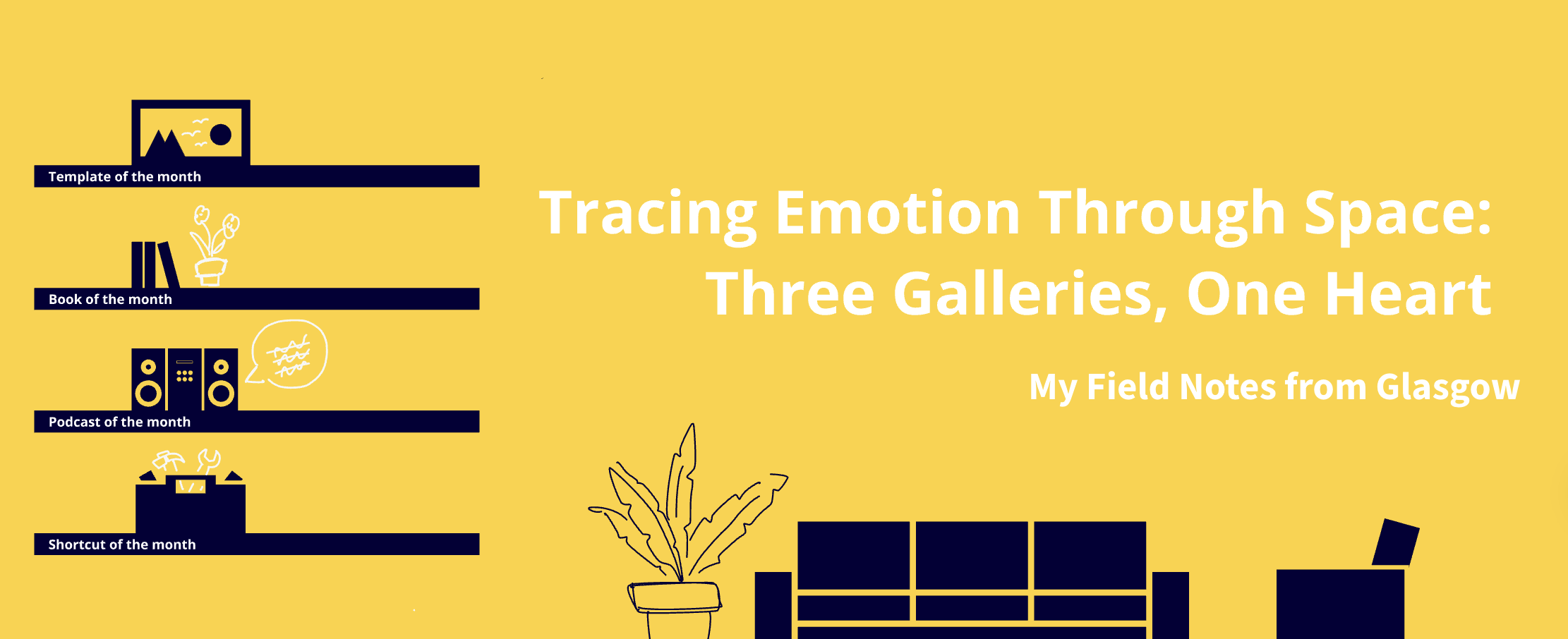

 This week, I visited CORPSE FLOWER, an exhibition curated by MA Contemporary Art Practice students at Inverleith House, Royal Botanic Gardens Edinburgh. The show examined the delicate balance between fragility and resilience in plant ecosystems, mirroring the fleeting bloom of the Titan Arum (the “Corpse Flower”)—which flowers for just a day before decaying. 🌺💫
This week, I visited CORPSE FLOWER, an exhibition curated by MA Contemporary Art Practice students at Inverleith House, Royal Botanic Gardens Edinburgh. The show examined the delicate balance between fragility and resilience in plant ecosystems, mirroring the fleeting bloom of the Titan Arum (the “Corpse Flower”)—which flowers for just a day before decaying. 🌺💫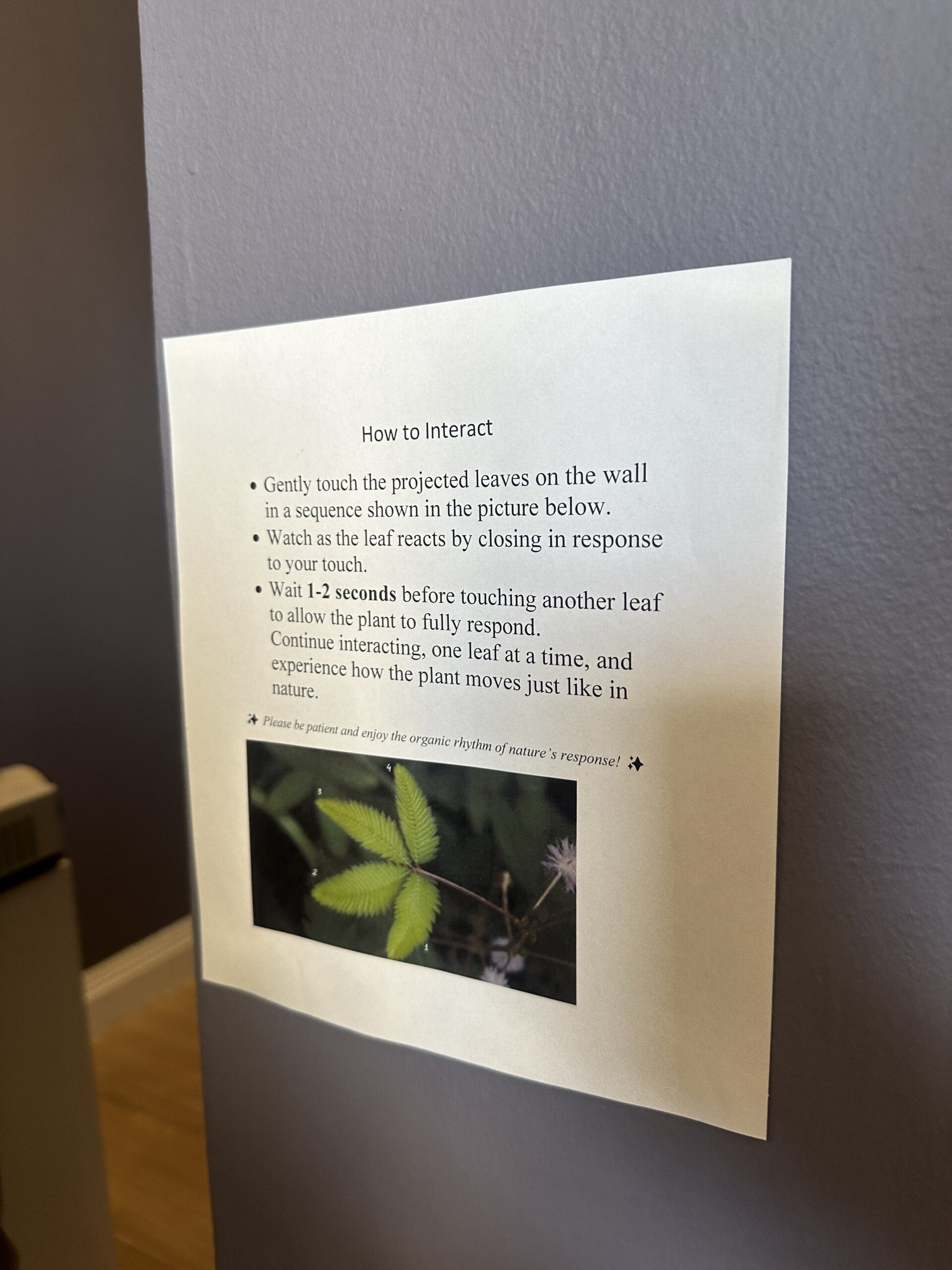
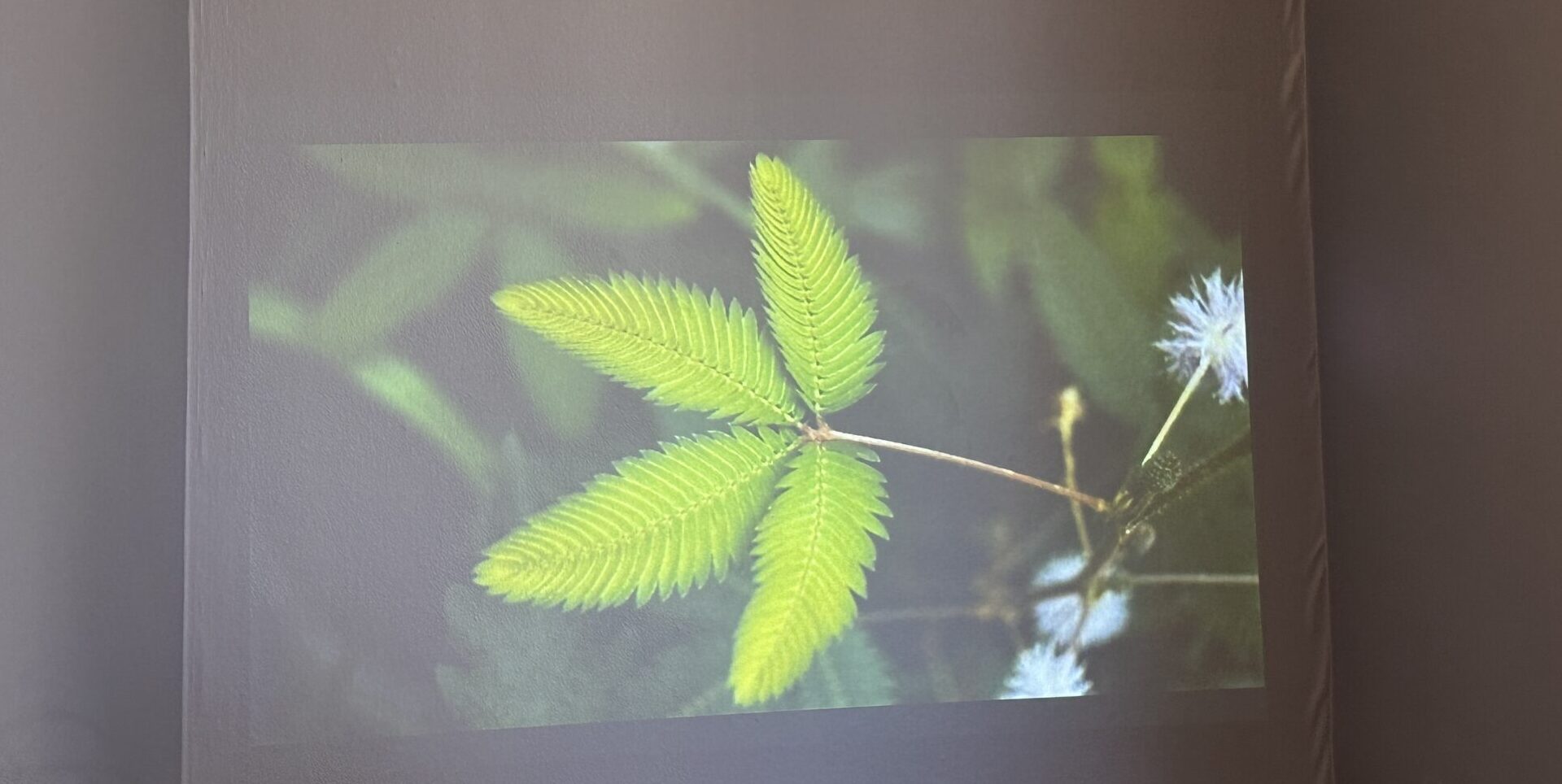
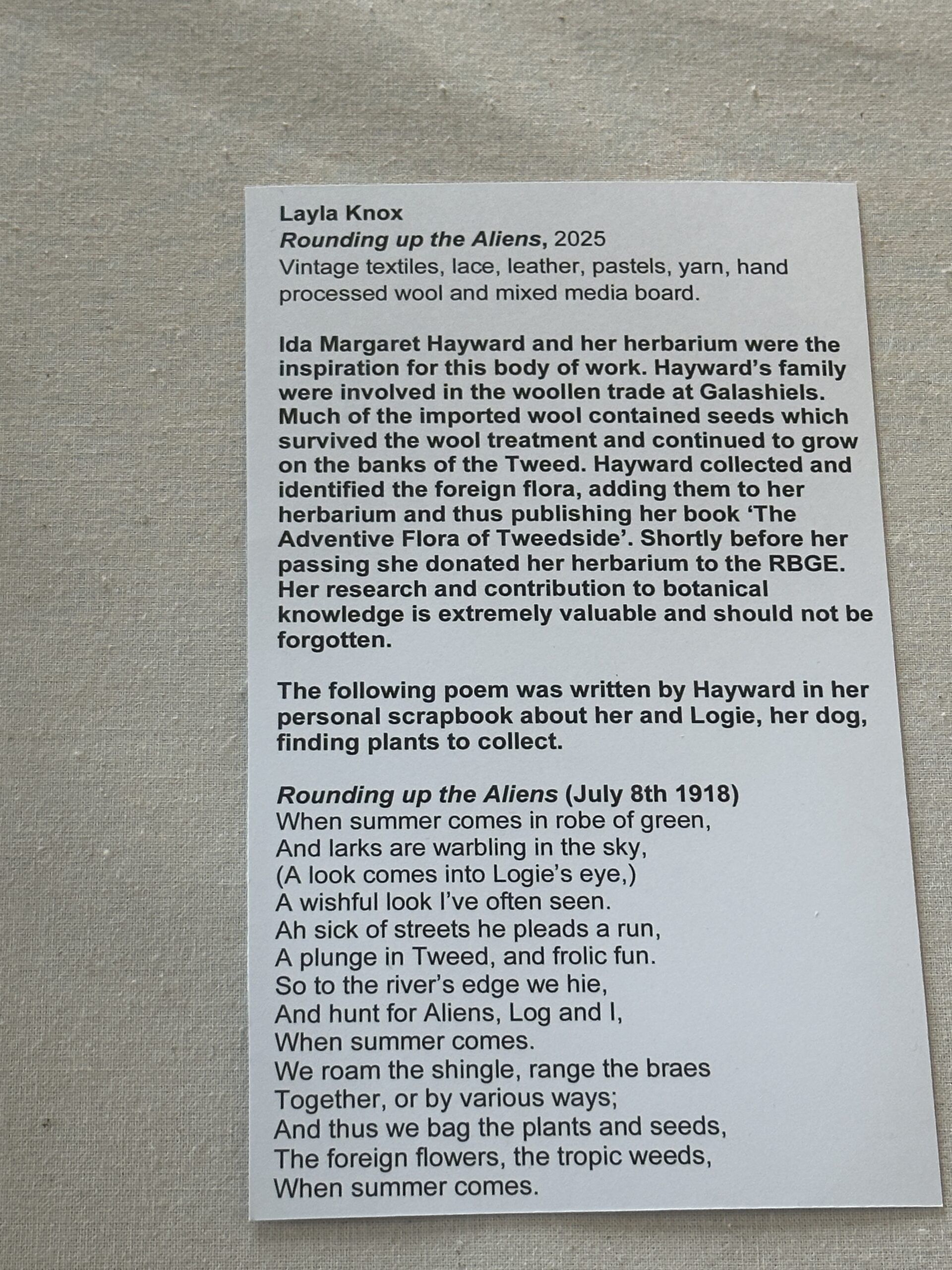
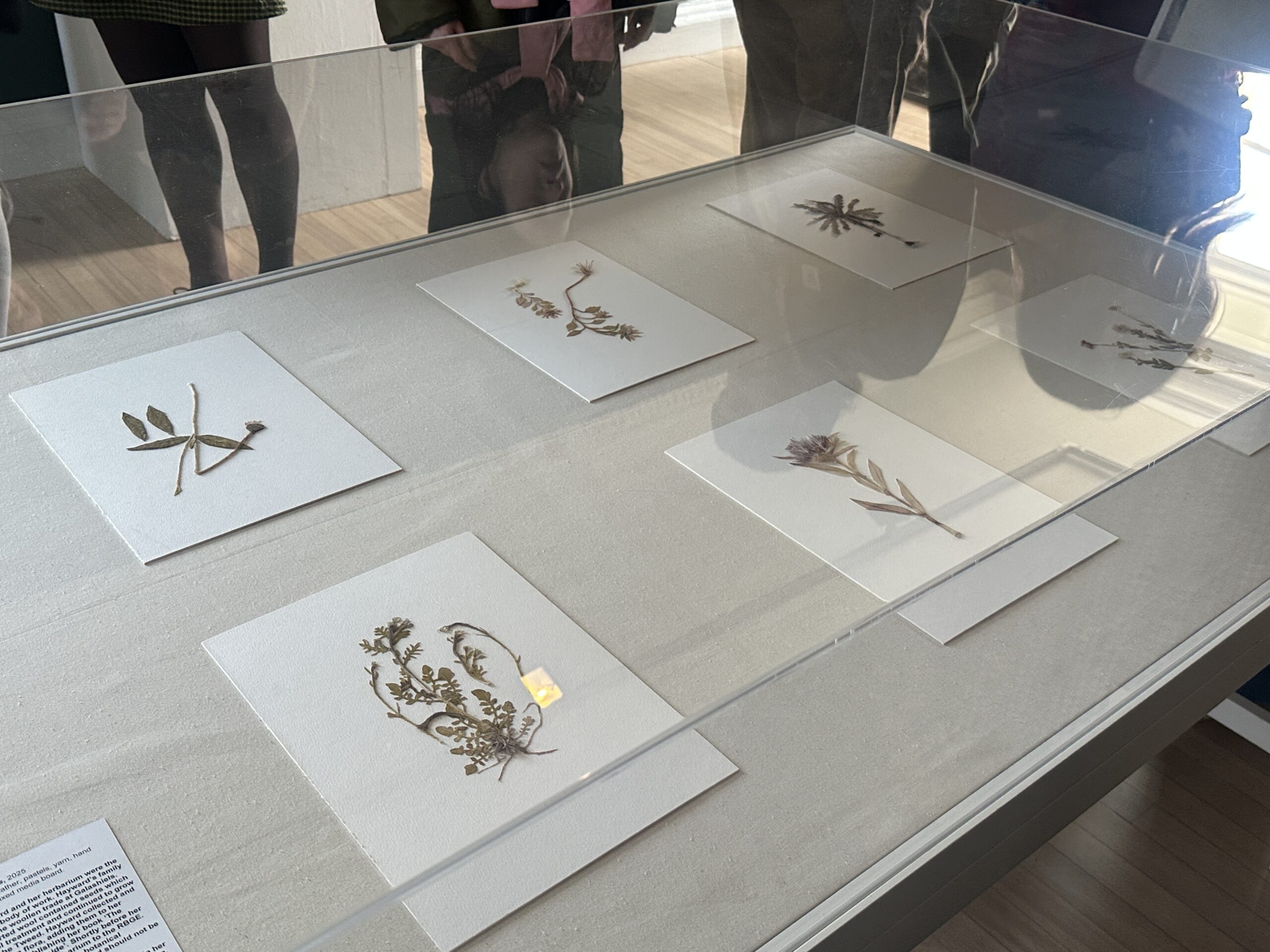
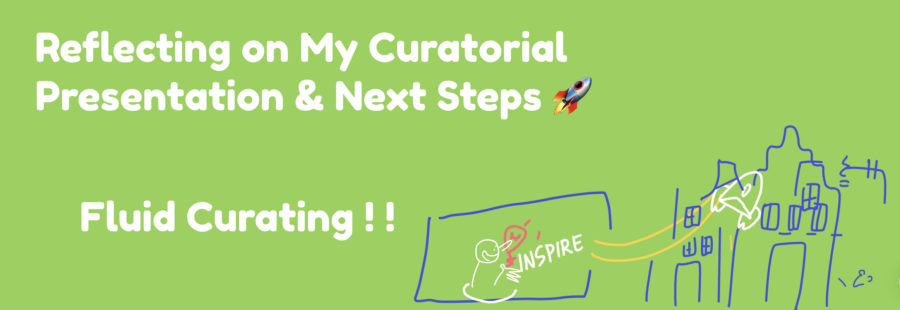
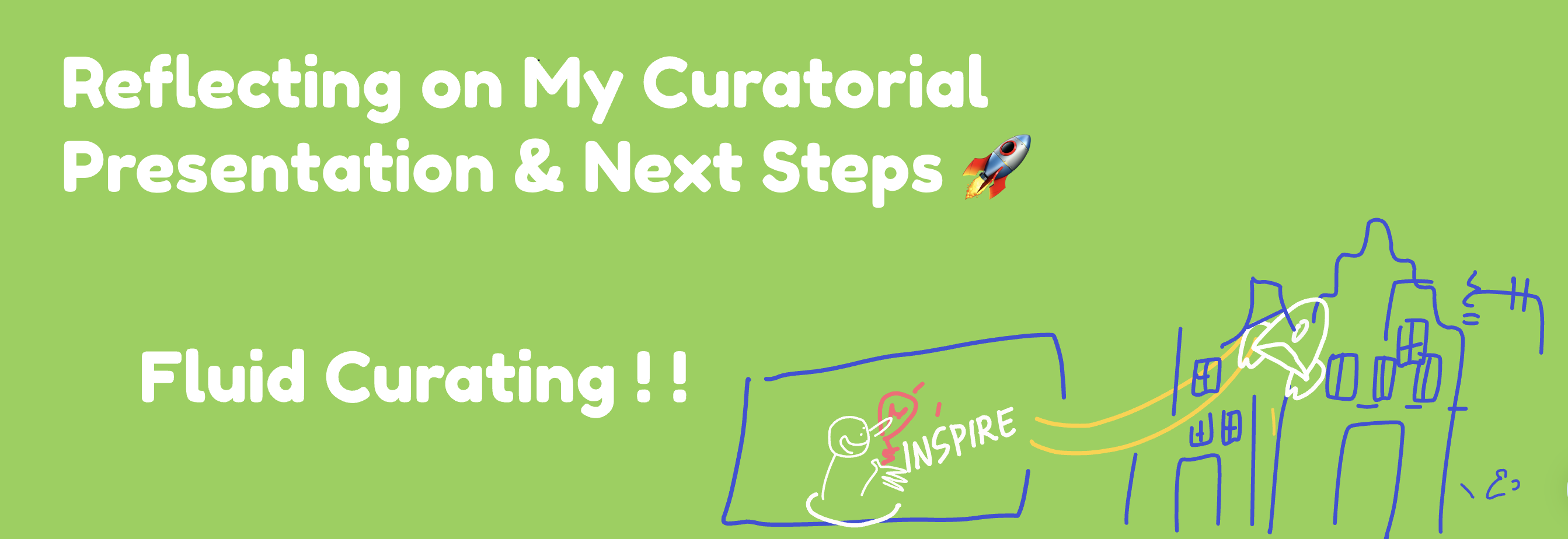 The past few weeks have been a whirlwind of ideas, refining concepts, and pushing my curatorial project,
The past few weeks have been a whirlwind of ideas, refining concepts, and pushing my curatorial project, 
